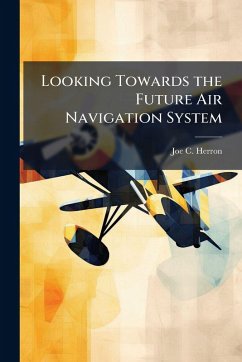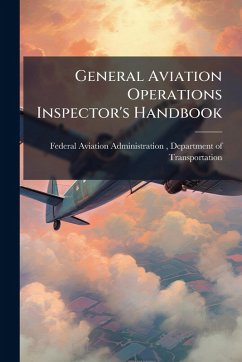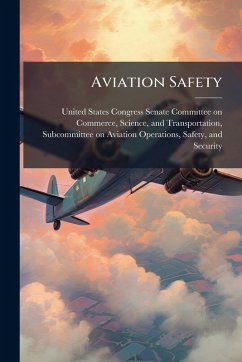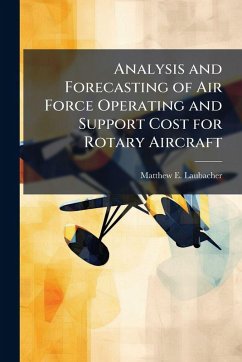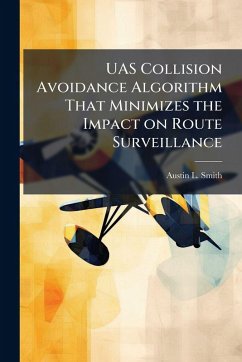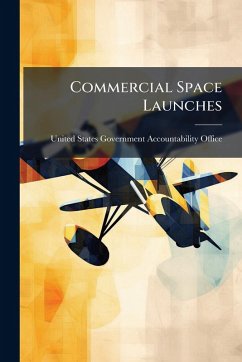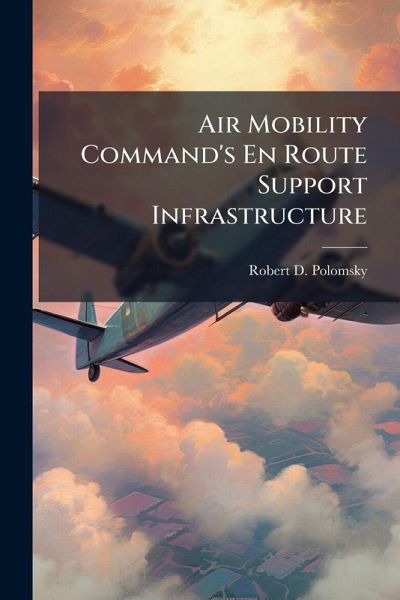
Air Mobility Command's En Route Support Infrastructure

PAYBACK Punkte
9 °P sammeln!
The ability of the United States Armed Forces to maintain a global presence and rapidly project military power anywhere in the world are key factors in preserving our freedom. To accomplish the demanding task of global reach support, Air Mobility Command employs an en route support infrastructure. These en route locations provide varying levels of command, control, and communications (C3), logistics support, and aerial port functions. The goal of the en route is to minimize delays for AMC mission aircraft. However, these en route locations comprise a small percentage of the locations that AMC ...
The ability of the United States Armed Forces to maintain a global presence and rapidly project military power anywhere in the world are key factors in preserving our freedom. To accomplish the demanding task of global reach support, Air Mobility Command employs an en route support infrastructure. These en route locations provide varying levels of command, control, and communications (C3), logistics support, and aerial port functions. The goal of the en route is to minimize delays for AMC mission aircraft. However, these en route locations comprise a small percentage of the locations that AMC aircraft visit. Given the critical demand for rapid air mobility, potential impact of mission delays or cancellations, and the substantial investment of taxpayer dollars, AMC must provide logistical support to off-station aircraft in the most effective manner possible. This research examined a 5-year historical summary of AMC's logistical support process. The resulting data was used to perform a statistical analysis of AMC off-station aircraft logistic support records for AMC's six primary aircraft fleets (C-5, C-17, C-141, C-130, KC-10, and KC-135). The calculated average not mission capable (NMC) time was used to compare overseas en route and non en route locations to assess AMC's en route infrastructure's effectiveness in reducing mission delays due to aircraft maintenance problems. Effectiveness, in the context of this research, was measured in terms of a lower or shorter average NMC time, equating to reduced mission delays. The initial data analysis on OCONUS en route and non en route locations provided a macro level assessment based on location only. A closer investigation on iv each of the six primary AMC aircraft fleets returned varying results in terms of reduced averaged NMC time. This work has been selected by scholars as being culturally important, and is part of the knowledge base of civilization as we know it. This work was reproduced from the original artifact, and remains as true to the original work as possible. Therefore, you will see the original copyright references, library stamps (as most of these works have been housed in our most important libraries around the world), and other notations in the work. This work is in the public domain in the United States of America, and possibly other nations. Within the United States, you may freely copy and distribute this work, as no entity (individual or corporate) has a copyright on the body of the work. As a reproduction of a historical artifact, this work may contain missing or blurred pages, poor pictures, errant marks, etc. Scholars believe, and we concur, that this work is important enough to be preserved, reproduced, and made generally available to the public. We appreciate your support of the preservation process, and thank you for being an important part of keeping this knowledge alive and relevant.




